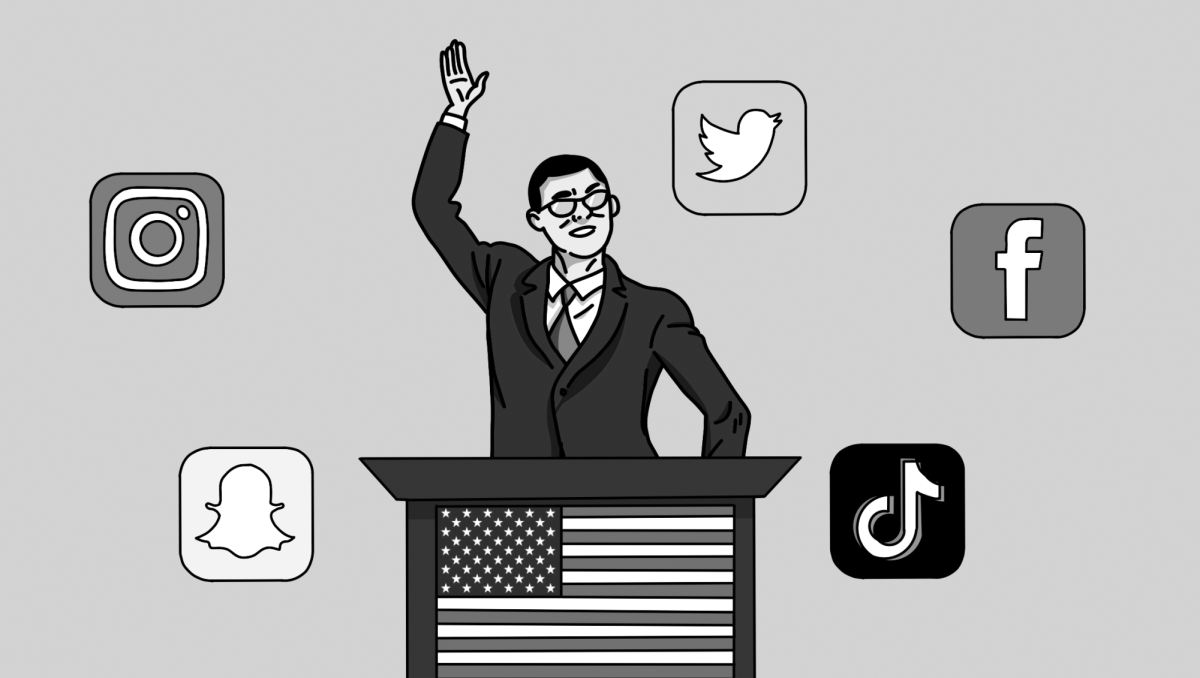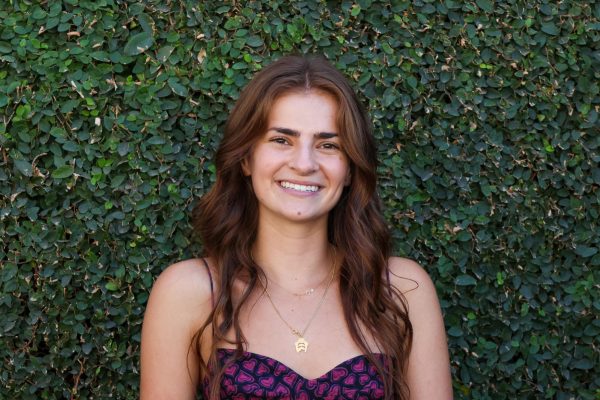On Nov 4, 2008, the Americans who signed up for former President Barack Obama’s text updates received a final message: “All of this happened because of you. Thanks, Barack.”
Obama was the first presidential candidate to use wide forms of social media to aid his campaign. His grassroots movement gained national attention with the help of his New Media team who ran his social media accounts. They gathered supporters through sophisticated email systems, text messaging and accounts on a wide range of social media platforms. Over the course of eight years, a new era of candidate social media use came to fruition. Platforms were often not used to spread word of campaign strategies and goals for the country, but to incite controversy for media attention. Changes in social media’s use gripped the American public and now politics —and it will continue to wreak havoc on presidential campaigns.
Obama’s New Media team aimed at providing the American public with a deeper look at the campaign, showing behind-the-scenes footage and providing snippets of Obama’s personal life. Additionally, his campaign used it to earn micro-donations from hundreds of thousands of Americans rather than endorsements from high net-worth individuals. Obama’s New Media team used a wide variety of platforms, such as LinkedIn, with a majority conservative audience in an attempt to reach across the aisle and answer questions from opposing parties.
Transitioning to former President Donald Trump’s run for president in 2016, the candidate used social media to gain the same national attention Obama achieved, but with entirely different methods. In order to get free media attention, Trump posted provocative and sometimes entirely inaccurate tweets which earned him free media coverage. MediaQuant estimated Trump’s earned media amount up until his election to be close to 2 billion dollars. To put that into perspective, Republican nominee John McCain spent 400 million on his entire 2008 campaign.
Trump spoke on politically charged issues and gained supportive retweets and likes from his followers with a simultaneous flood of backlash from those opposed to his messages. Whatever responses the candidate was getting — whether good or bad —all served to widen the bounds of his campaign and the messages he wanted to reach the American people. Trump used Twitter as a personal outlet for bullying, giving members of government damaging nicknames like Karen Bass’ “Castro-lover.” He spread disinformation by craftily wielding the 140-character limit to his benefit. And yet, the candidate experienced the same, if not more success from social media as Obama.
Whatever political views one has, both sides wake up to a new social media today than the one that existed when Obama ran for president. While in 2008 it was enough to post that a candidate liked Godfather I and II to gain support, the tweets that get the most attention across platforms now involve strong emotional reactions. As cancel-culture and hatred of “the other” on social media grew, the kind of content necessary to protect one’s followers’ opinions of them often involved belittling other people and ideas. Campaigning is no longer about content, but conflict. In building virtual armies of supporters and haters, the American political system has shifted away from a push toward a better future to a push against imaginary enemies we can erase with the close of a tab.
There may be no turning back from the group-think of the social media world, but we must look into the deeply rooted harm that social media plays in our politics. The right to free speech is an essential privilege in democracy, so if we can’t censor even disinformation spread by candidates, we need to incorporate curriculum in the American education system that will teach students to identify potential falsities in the media and have a better sense of truth online. Obama was right: all of this happened because of us, and it is up to us as an entire American population to fix it.































